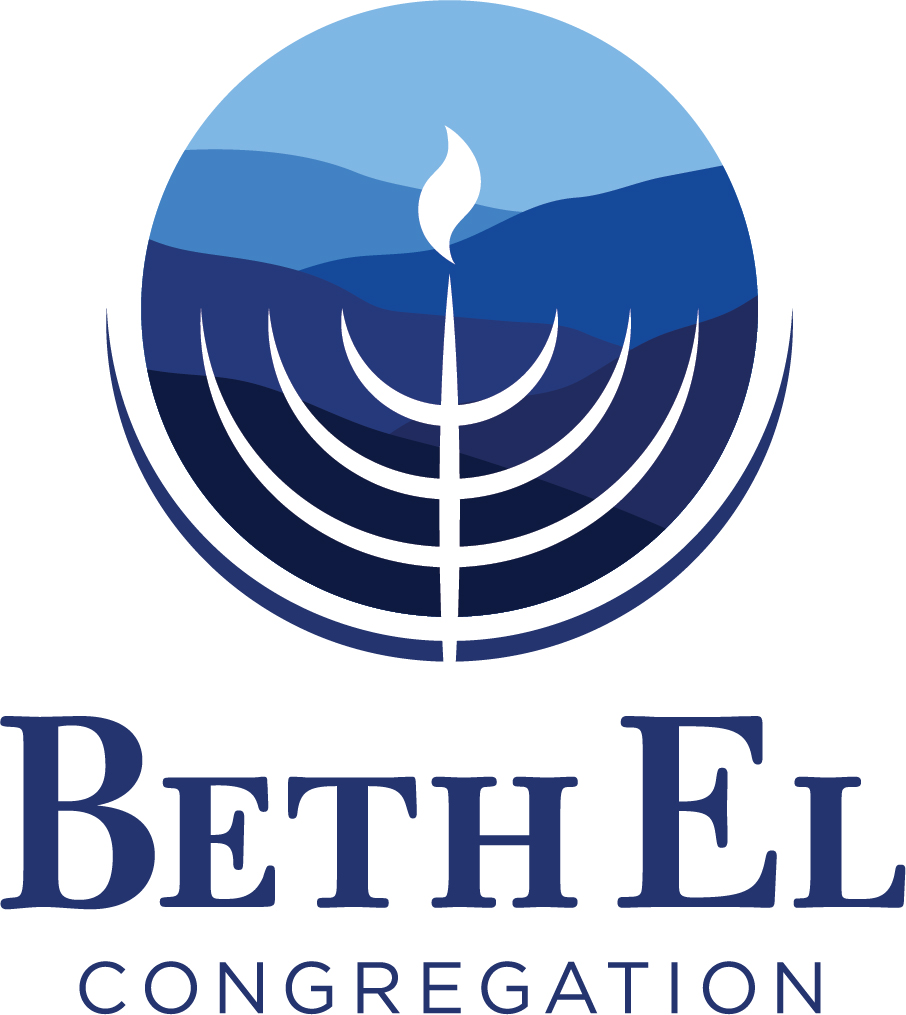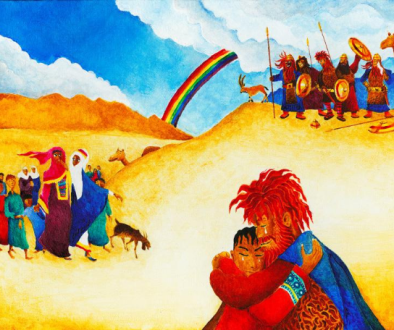D’var Torah Oct 24
Shabbat Shalom!
I hope this finds you all well.
Noah and the Ark – it’s objectively one of the most well-known stories of the Bible and the centerpiece of this week’s parsha (Genesis 6:9-11:32). As a refresher, humanity had become so evil and corrupted that God decided to flood the earth and destroy all life on it. The only exception was Noah and his family.
God instructed Noah to build an Ark and to place on it not only him and his family, but also a male and female of every species, as well as sustenance for all of them. To fulfill this undertaking, the dimensions of the ark were understandably massive: 300 cubits long,
50 cubits wide, and 30 cubits high.[1] According to the famous 12th century rabbi, the Rashbam, a cubit measures 22.68 inches.[2] Therefore, with this determination in hand, the ark was a monumental 567 feet long, 94.5 feet wide, and 56.7 feet high! Constructing this behemoth was certainly a Herculean task for Noah and his family.
In 2016, a Christian group, Answers in Genesis, built a replica of the ark measuring 510’x85’x51’ in Williamstown, Kentucky.[3] It has become a very popular attraction, voted first in the best religious museum category in the annual USA Today/10Best.com Readers Choice Awards for both 2020 and 2023.[4]
But here’s the thing: you don’t have to make a road trip to Kentucky if you want to see a replica of the ark, nor trek to Mount Ararat in Turkey where many believe the ark came to rest when the waters of the great flood subsided[5] in order to gain a full appreciation, or stand in wonder of Noah’s handiwork. In fact, if you walk through your neighborhood or drive through your town, you will encounter many arks.
“How can this be?” you might ask. It’s actually rather simple. What was the ark? Put bluntly, it was a vessel of safe haven and place of refuge meant to carry those aboard it safely through a time of storm and uncertainty. The arks in our communities are thankfully plentiful. A women’s shelter is an institution that can provide protection to a battered and abused wife and help her move on to a new chapter in her life; a food pantry provides essential nourishment to a family having trouble making ends meet; and a youth group delivers mentorship and safety where young men and women can develop into people of character without the undo and harmful influence of violent gangs.
Whereas Noah’s ark was built with gopher wood and pitch (Genesis 6:14), the arks of our day and in our communities depend on monetary donations, blood, canned food, clothing, backpack, and toiletry drives, job skills training, resume writing classes, SAT tutoring, and after-school mentoring to thrive. Just as Noah built the ark and was righteous in his generation (Genesis 6:9), so too do each of us have the opportunity to build arks in our community and be righteous in our generation.
Bizrat HaShem, with God’s help, may we all build arks on righteousness.
Wishing you a Good Shabbos and a great weekend.
Bivrakha,
Rabbi Aaron Stucker-Rozovsky
Beth El Congregation | 520 Fairmont Ave, Winchester, VA 22601
(540) 667-1889 (office)

